Hello ladies,
I hope you have been well and that life is being good to you.
I have been asked by several ladies for advice about dandruff and remedies to make it go away. I have never suffered from dandruff myself but over the years of my hair journey I have learnt about it. In this blog post I will attempt to explain what dandruff is, what causes it and ways to treat its symptoms.
WHAT IS DANDRUFF
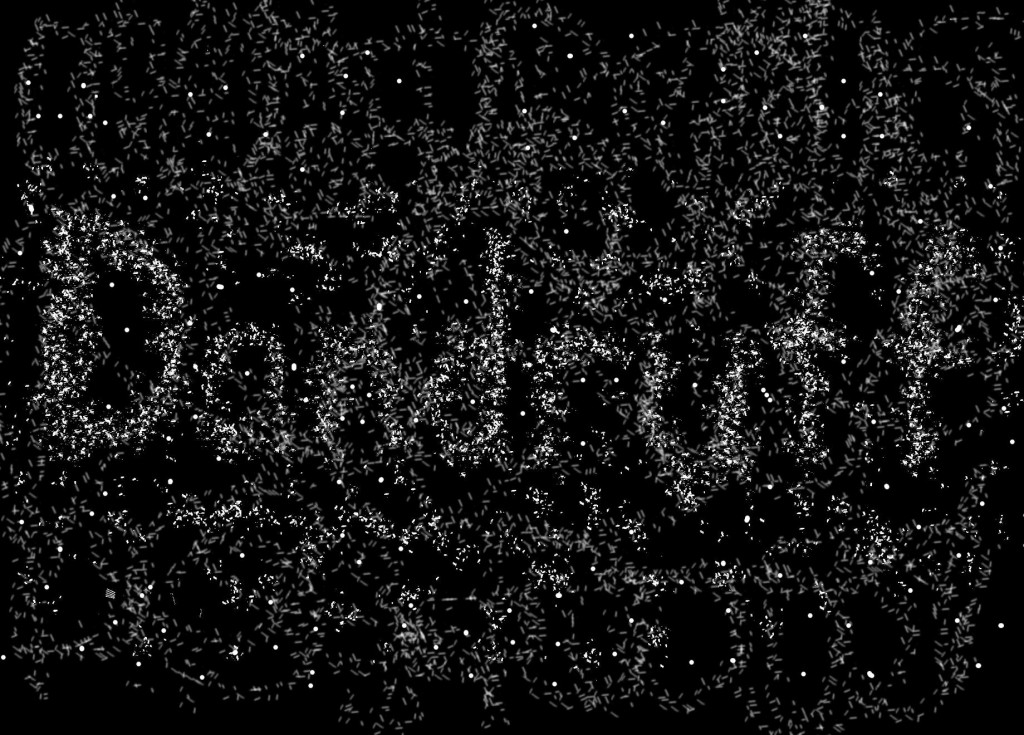
Dandruff is a scalp condition characterised by a flaky and itchy scalp. It is often confused with dry scalp or other scalp conditions with similar symptoms such as eczema.
The flakes from dandruff can be embarrassing, the itch is annoying and unfortunately dandruff can lead to some hair loss.
WHAT CAUSES DANDRUFF
Our bodies are covered internally and externally with many varieties of bacteria and fungi. This is normal.
Dandruff occurs when the fungi on our scalp grows or is produced at a higher rate than normal. The increase of fungus on the scalp causes a change to the composition of the sebum on our scalp. The increase of the fungus and alteration of our scalp sebum causes the cells on the scalp to become less adhesive and flaky.
TREATMENTS FOR DANDRUFF
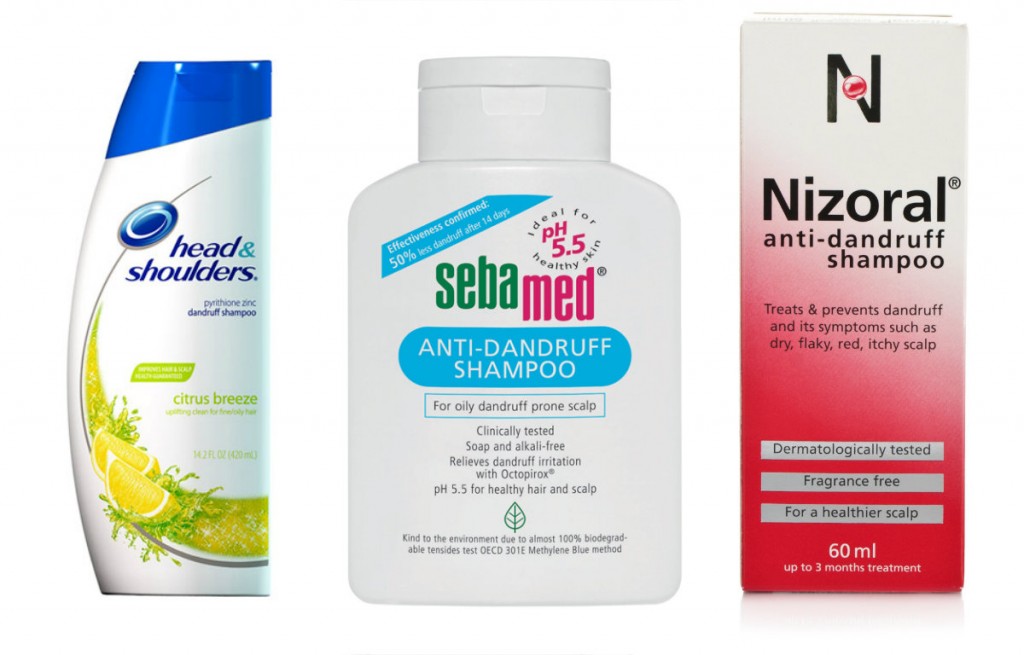
Some examples of anti-dandruff shampoos.
Anti-dandruff shampoos are produced by companies which usually have the funds to carry out extensive research before creating their products. They’ve done their homework and their shampoos should relieve the symptoms of dandruff.
If you do have dandruff, regular cleansing with anti-dandruff shampoo should help (if you follow the given instructions).
If it does not you should see a dermatologist or trichologist to:
– confirm whether or not what you have is actually dandruff or another scalp condition.
– prescribe a stronger anti-dandruff shampoo or soothing cream and generally to help you manage the condition.
NATURAL REMEDIES FOR DANDRUFF
The suggestions below are some home treatments for dandruff which ladies on various hair care forums have claimed helped stopped their dandruff. I cannot guarantee that these methods will work for you. In fact some remedies which some women claimed worked for them made the condition worse in other ladies.
Remember my advice is that you seek medical advice from a dermatologist if anti-dandruff products have not helped. However I realise that several women like to try natural remedies. So on that note please see the information below.
1) NATURAL OILS
A) Pure extra virgin coconut oil
Several ladies on hair care forums claim that massaging a small amount of coconut oil into their scalp helped to relieve their dandruff.
A cause of concern for me is that coconut oil contains oleic acid. Whilst doing research on dandruff, I read that the fungus which causes dandruff actually feeds on oleic acid. So if anything, using coconut oil on your scalp if you have dandruff may worsen the condition.
Please note that olive oil and castor oil also contain oleic acid. As I mentioned above some ladies claim that this worked for them. It may work for you but note that it could potentially make it worse.
B) Neem Oil
Neem oil has antibacterial and antifungal properties.
C) Pure Tea Tree oil or pure rosemary oil
These also have antifungal and anti bacterial properties. As these are essential oils, a few drops must be added to carrier oil before being applied to the scalp.
Please do not use essential oils if you are pregnant unless you have been permitted to do so by your doctor.
How to use oils for treating dandruff
i) Pre-shampoo treatment –a few drops of tea-tree or rosemary oil should be added to coconut oil or neem oil. Massage the mixture into your scalp. Leave on for a few hours before you shampoo.
ii) Shampoo – add a few drops of tea-tree or rosemary oil to your shampoo. Wash and rinse thoroughly.
iii) Scalp massages –twice/three times mix a few drops of tea tree oil or rosemary oil with coconut or neem oil. The mix can be massaged to your scalp twice or three times a week.
2) APPLE CIDER VINEGAR (ACV)
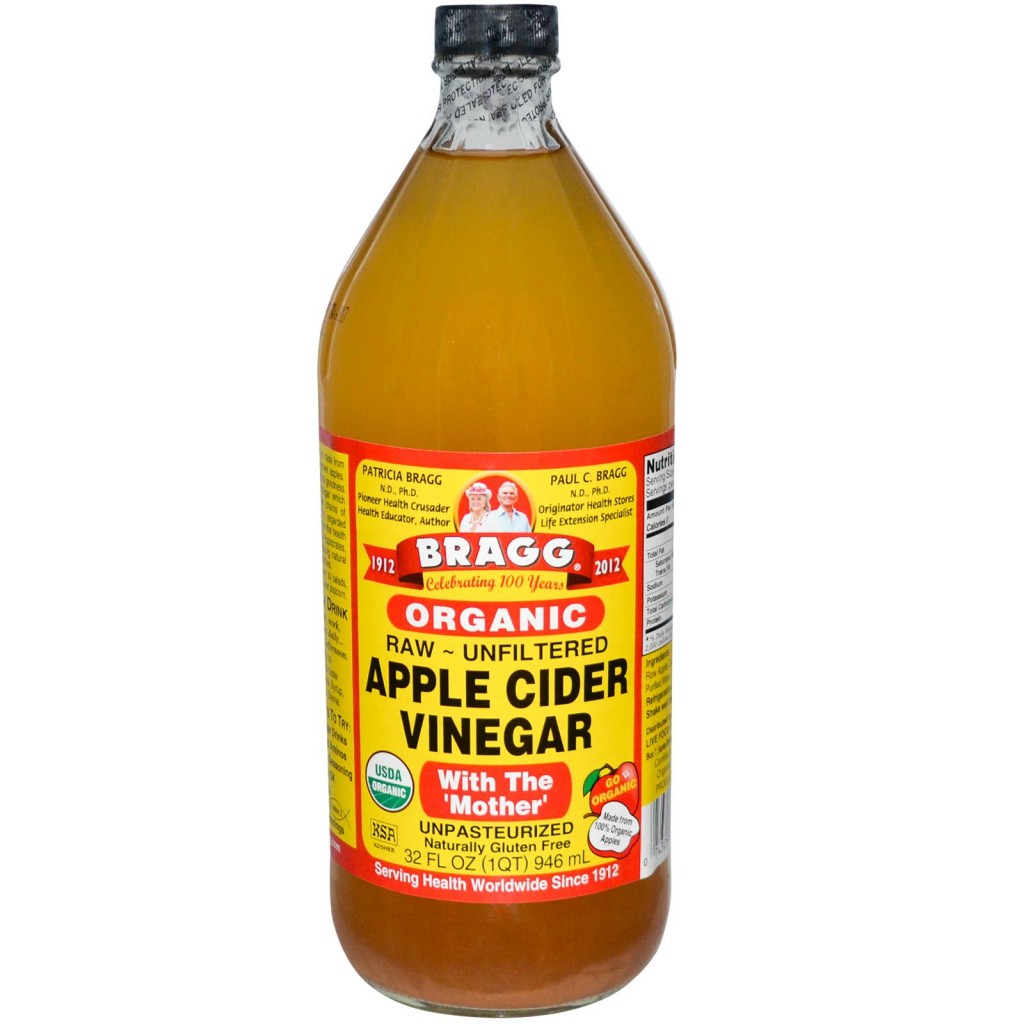
This is another natural product which has antibacterial and antifungal properties.
An apple cider treatment can be used as a final rinse after washing and deep conditioning your hair.
How To use Apple Cider For Treating Dandruff
Mix one quarter of a cup of apple cider vinegar with 2 cups of cool water. After washing and rinsing out the deep conditioner from your hair, pour the mixture over your hair and scalp.
Take care not to let any get into your eyes. If you have any unhealed scab on your scalp it will sting a little. (If it does, just rinse the affected are with water)
You can either use the mix as your final rinse or you can leave the mix on your hair and scalp for 10/15 minutes and then rinse it off using cool water.
Apply your leave in conditioners, detangle and air dry or blow dry your hair using cool air.
3) RAW/CRUDE HONEY
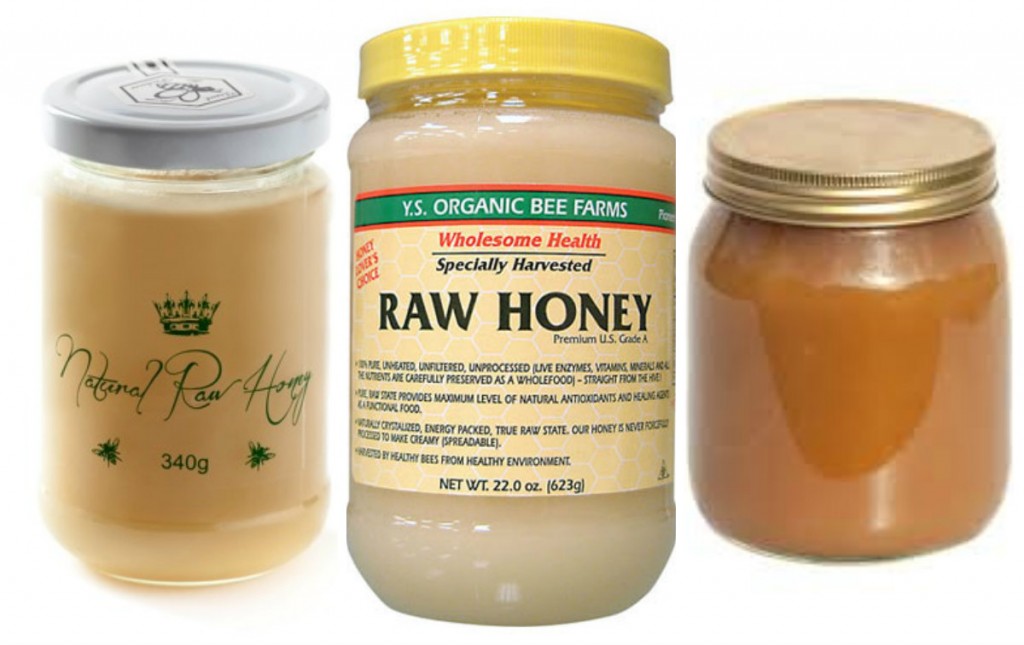
Yes you guessed it. Honey has antibacterial, antifungal and antioxidant properties.
In clinical studies carried out in 2001, honey was found to be very effective in treating dandruff.
Of all the natural remedies out there this is by far my favourite because it is backed by research showing that it is effective.
To find out how honey can be used to treat dandruff and for more information about the 2001 study please click on this link. You’ll be glad you did.
These are not the only natural treatments for dandruff but I decide to focus on these three.
This post is longer than I intended it to be but I am glad I’ve got it all out in one blog post. If you suffer (or think you suffer from) dandruff, I hope you have found this helpful.
Because dandruff is a medical condition I think it is important for me to state that this post is not intended to provide medical advice, diagnosis or treatment.
I am truly looking forward to writing my next blog post about texlaxing. It is something that is really close to my heart (hair wise). I intend to explain what texlaxing is, the pros and cons of texlaxing, methods of texlaxing, how I transitioned to texlaxing and how I currently texlax my hair.
So if you want to know how I changed the thickness of my hair, please come back soon.
Stay blessed ladies.
X
Lade
Learn| Change | Grow

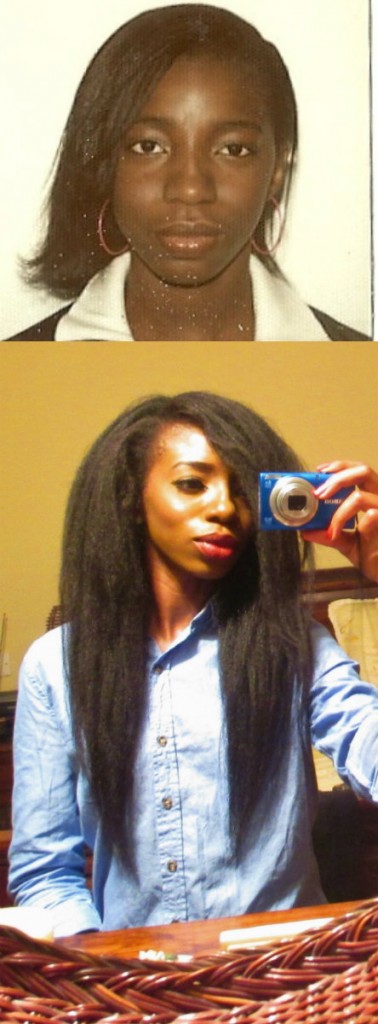
Good article! Too many folks confuse dandruff and dry scalp.
I look forward to your texlaxing article. I’m currently stretching while I decide if I’m going to texlax or continue relaxing straight.
Hi Lade, great post. Though i’m lucky to have been dandruff free all my life, still find the piece very interesting BUT not as interesting as the pic at the end of the post. That shot of your hair got me drooling and thinking to myself “it is well,you’d defo get there” lol! Stay blessed luv.
I battled dandruff for a while in the past (or at least i thought it was). A mix from a “reputable” stylist on my scalp helped solve the problem and it never resurfaced. I’m so eager to read the post on texlaxing. I touched up (texlaxed for the first time) about a week ago and my newly touched up growth is so much thicker yet soft. I don’t know if it’s the oil i added to the relaxer or the shea butter i added to my dc but my hair loved something during that session and even the following wash day. It is still feeling so lovely – I’m floating on hair cloud 9 at the moment….I have some worries about coping with different textures but i’ll just wing it for now and see how it goes.
I added clove oil and Apple cidar vinegar to my hair oil to get rid of my dandruff and it worked..